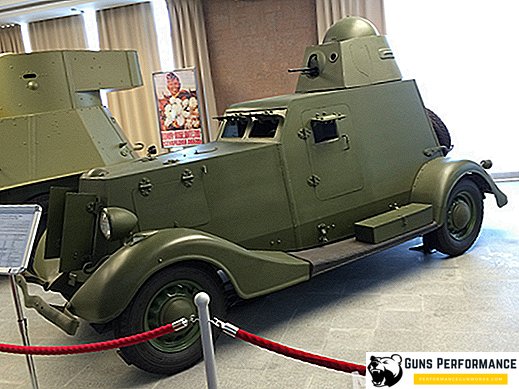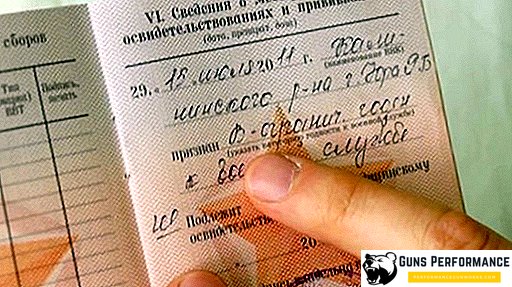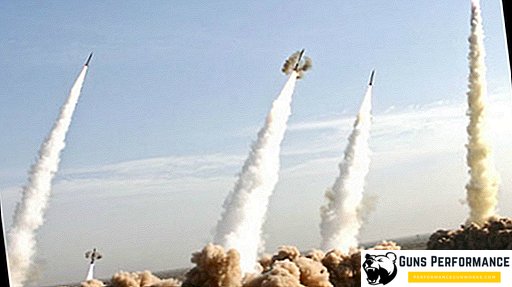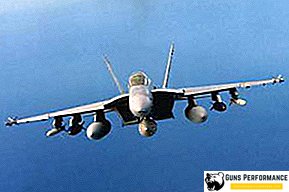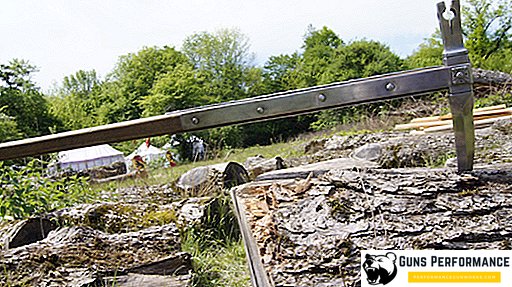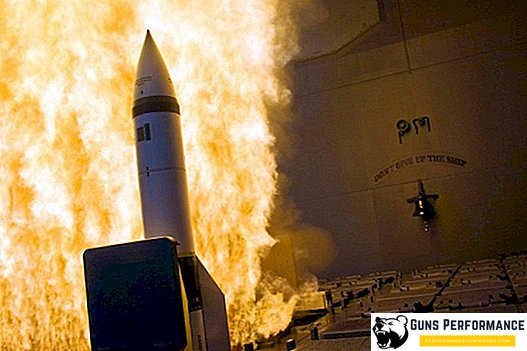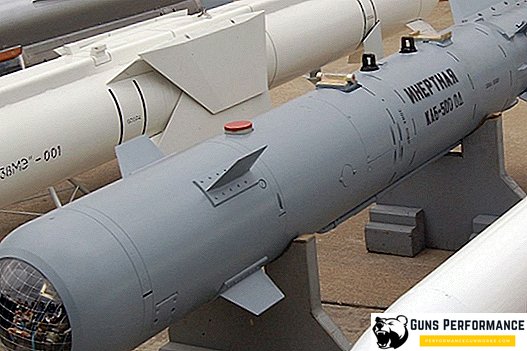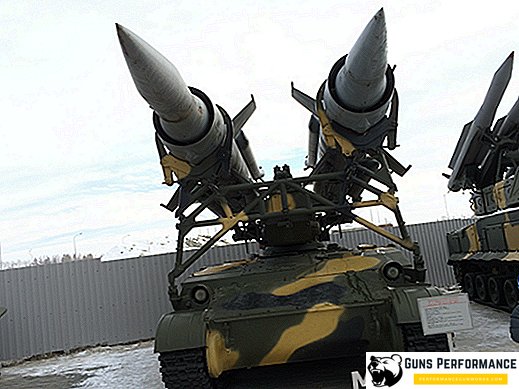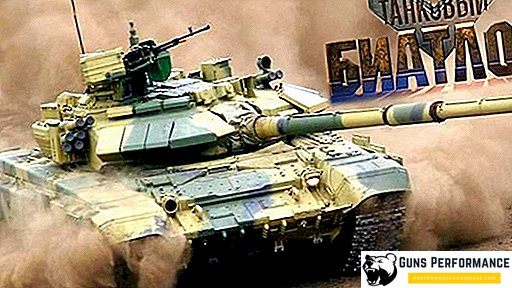BA-20 - Soviet-made passenger armored car. It is based on the GAZ-M1 chassis. Used for reconnaissance, as a coherent point and the protection of the workers 'and peasants' Russian army. Mass production lasted 6 years (1936-1942).
The history of the creation and development of BA-20
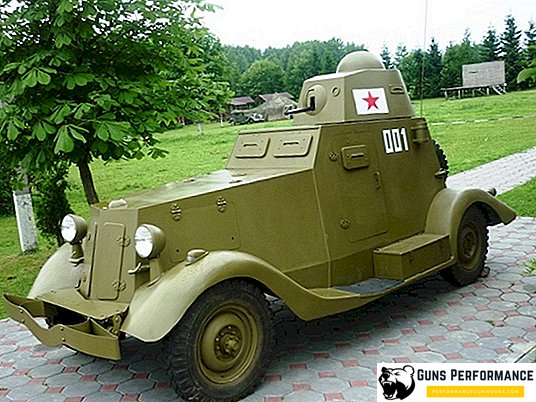
Designing a new transport was commissioned by the ABTU RKKA. The development involved design bureau Izhora plant. The first prototypes were prepared in January 1936. A month later, assembled a serial version. He was sent to the tests in NIBT. All tests were successful.
Production focused on the plant in Vyksa (Nizhny Novgorod region). It was launched in the middle of the summer of 1936, when the company received all the technical documents. In Leningrad, the Red Triangle plant was commissioned to produce bullet-proof tires for future equipment. From July to December 1936, experts collected 35 copies.
In the spring of next year for cars developed a conical tower with high bulletproof. Despite this, more than half of the cars assembled in 1937 were equipped with an old-style cylindrical tower. In the second half of this year, the plant in Yaroslav began producing tires for this equipment. In November, the country's top leadership issued a decree on the production of the BA-20 armored vehicle.
In the second half of 1938, the design bureau of the Izhora plant developed a modification that received an M index. The main innovation is the conical tower. Also, the design of many technical units strengthened to increase the working resource stock. Until the end of 1941, 1 324 more cars of various modifications were assembled.
Throughout its history, technology has participated in many military operations. In February 1942, army managers issued a decree on the cessation of production of the BA-20. Until July 1942, designers had time to release 137 more cars. The armored car continued to be used until 1945 in various military units.
Design BA-20

Soviet passenger armored car received a layout scheme. The engine compartment was located in the front. Combat and management offices connected. For them, identified the central and rear parts of the transport. The machine-gun tower was above the combat compartment. The car could accommodate two people. Loading and unloading of the crew went through the doors located on the sides.
Specifications:
- Wheel formula - 4x2;
- Length - 4 310 mm;
- Width - 1,750 mm;
- Height - 2,130 mm;
- Power plant power - 50 horsepower;
- Maximum speed on the highway - 90 km / h.
The soldiers surveyed through the observation windows, closed armored shutters. Small hatches for inspection of the area were also located in the tower and the frontal part. The floor had a hatch for disembarking the crew in case of critical damage.
Armor withstand bullets. The body was assembled from rolled armor plates, interconnected by welding. To improve the protection of the sheets are located at an angle. From the previous generation of passenger armored cars differed increased space inside the body, compact dimensions and low weight (2.5 tons).
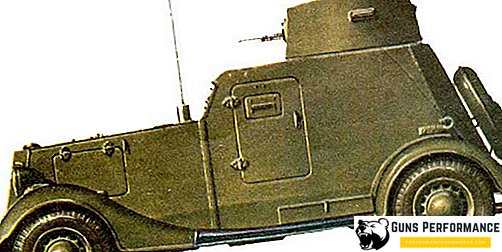
In the conditions of military operations they saved bullet-proof tires, reinforced springs and a reinforced rear axle. The engine provided good power, which was enough to overcome the 15-degree slopes and off-road.
Under the hood was the power unit M-1. He had four cylinders and developed up to 50 horsepower. The design of the engine supplemented the carburetor and economizer. To start used electric starter MAF-4006. The ignition system consisted of a centrifugal regulator, a reel and a spark plug. A high cruising range (350 km on the highway) was provided by a 70-liter fuel tank.

Dry clutch consisted of a single disc. The manual transmission had three front and one rear speeds. The main and cardan gears and the bevel gear are the components of the transmission.
In the tower was set machine gun DT. Vertical guidance - from -13 to +23 degrees. Impact on the target was carried out using a mechanical sighting mechanism. For the rotation of the tower answered shooter (he was also the captain of the crew).
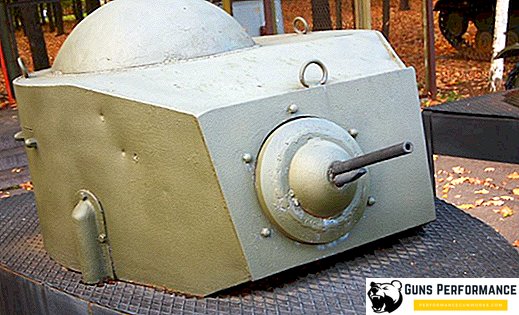
The electrics were based on a single-wire circuit. Voltage - 6 volts. BA-20 armored car received electricity from the battery (100 A) and the generator (120 V). Communication with the command center was carried out thanks to a short-wave radio station installed on board. An additional battery was used to power it. Not all copies were equipped with a radio station. On such models the radio operator was part of the crew.
Modifications BA-20
On the basis of a light armored car, they created several varieties:
- Railway - an option for movement on railways. The package includes four metal wheels for movement by rail. The crew could independently change the wheels with the help of jacks if necessary. Engineers collected 61 copies of this modification;
- M - improvement of the standard version. The basis of the transport lay GAZ-MS chassis. It was distinguished by the presence of a reinforced beam in the design of the front axle, improved springs and an additional fuel tank of 30 liters. Major changes - a tower of new design and enhanced booking. 1,230 cars rolled off the conveyor;
- Railway M - railway version on the basis of an improved modification. Designers collected 74 or 76 copies (there are various documents with different information on the number of cars released).
The BA-20 was used not only by the Soviet army. The leadership of the Union supplied 30 pieces to the Mongolian People’s Republic. Also, several dozen cars were used by Romania, the Third Reich and Finland. These countries got the equipment as trophies after the fighting.
What can be concluded?
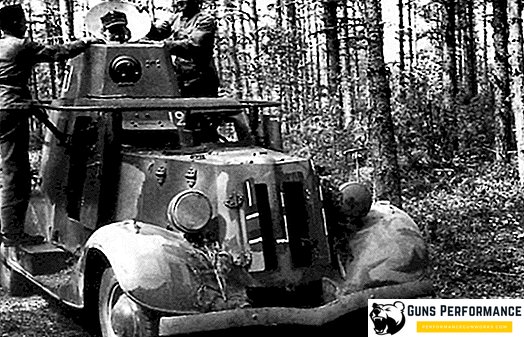
BA-20 - high-quality Soviet armored car passenger class. The first finest hour of technology struck August 22, 1939 in the deep rear of Japan. At the local airfield, several camouflaged armored cars crashed two planes. This led to the seizure of the airfield and the fuel depot.
The beginning of World War II hit hard by the number of armored personnel carriers. Of the 1,500 cars produced, a few hundred survived, which continued to serve until 1945. In service in the army, the 20th model was replaced by a BA-64. One of the surviving copies can now be found in the Museum of the Great Patriotic War in Kiev.
1936 Light Armored BA-20
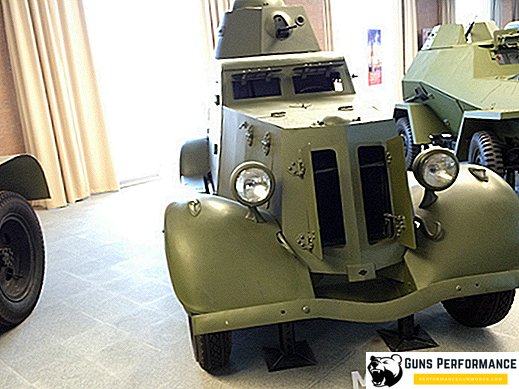
Technical characteristics TTH BA-20
- Years of release: 1936-1942.
- Total manufactured: 2013-2114 pcs.
- Manufacturer: Vyksa crushing and grinding equipment plant.
- Developer: KB Vyksa plant crushing and grinding equipment (g.Vyksa, Gorky region).
- Combat use: the conflict on the river Khalkhin-Gol (1939), the Soviet-Finnish and World War II.
- Combat weight: 2.52 tons
- Crew - 2 people.
- Overall dimensions: length - 4310 mm, width - 1750 mm, height - 2130 mm, clearance - 235 mm.
- Armament: 7.62 mm machine gun (ammunition - 1386 rounds).
- Armor thickness: 6-9 mm.
- Engine: GAZ-M1. Type: 4-cylinder, carburetor, 50 hp
- Maximum travel speed: 90 km / h.
- Cruising on the highway: 450 km.
- Overcoming obstacles: wall - 0.24 m, ditch - 0.35 m.
